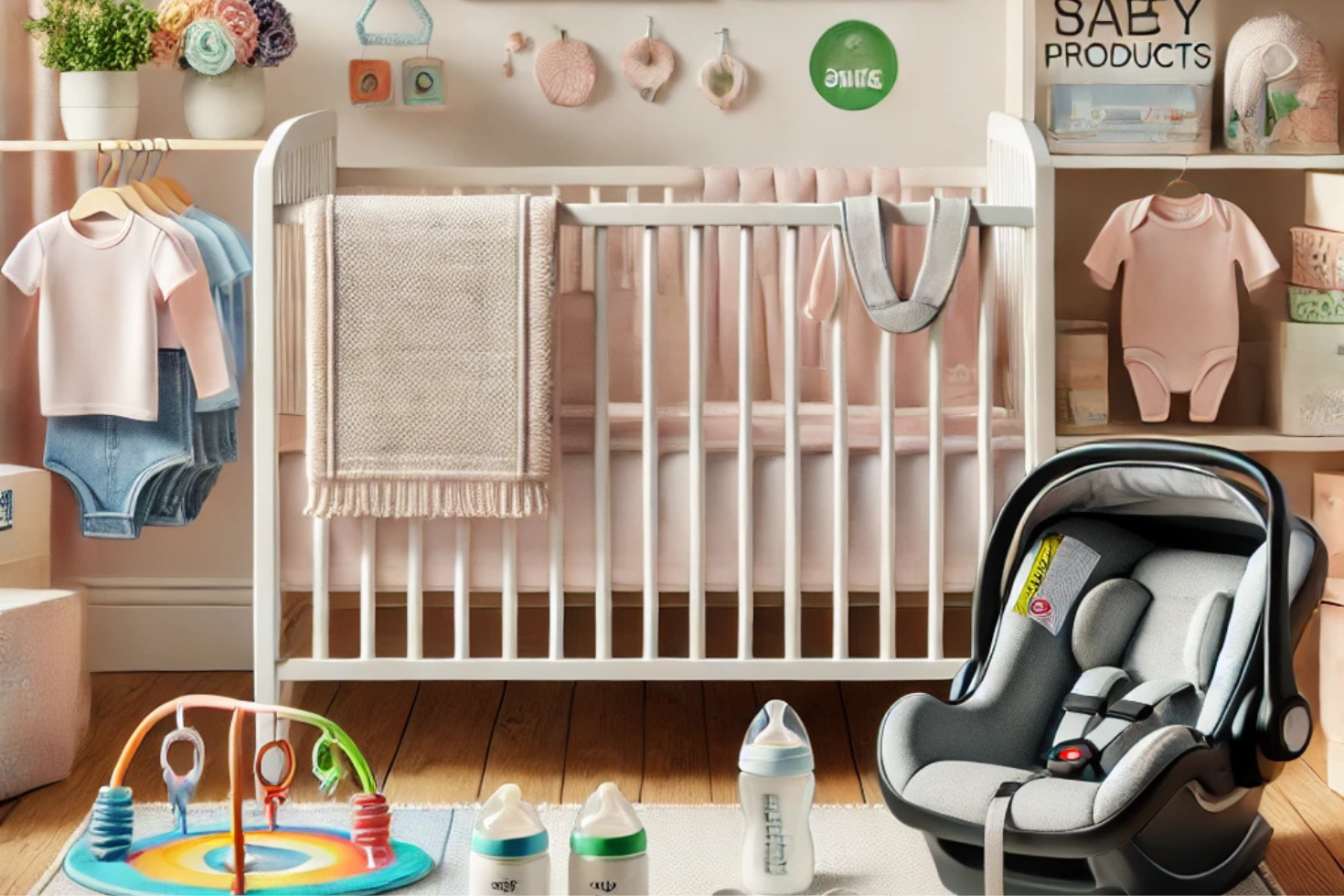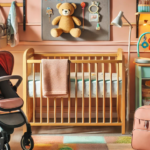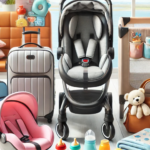As a parent, ensuring your baby’s safety is your top priority, especially when it comes to the products you use daily. From cribs to car seats, choosing the safest baby products can feel overwhelming with so many options available. This guide simplifies the process by outlining key factors to consider and tips to make informed decisions.
1. Check for Safety Certifications
Before purchasing any baby product, look for certifications that ensure it meets safety standards:
- JPMA Certification: Products with the Juvenile Products Manufacturers Association (JPMA) seal meet rigorous safety standards.
- CPSC Compliance: The U.S. Consumer Product Safety Commission (CPSC) ensures products are free from known hazards.
- ASTM Standards: Many baby products are tested against ASTM International safety standards.
2. Research Product Recalls
Stay updated on recalls to avoid purchasing potentially dangerous products:
- Visit Official Websites: Check sites like cpsc.gov for recent recalls.
- Register Your Products: Fill out the product registration cards that come with baby gear to receive recall notifications directly.
- Read Reviews: Reviews from other parents can provide insights into product safety and usability.
3. Avoid Harmful Chemicals
Babies are sensitive to toxins, so opt for products made from non-toxic materials:
- BPA-Free: Ensure bottles, pacifiers, and plastic toys are free from Bisphenol-A.
- Organic Fabrics: Choose clothing, bedding, and swaddles made from certified organic cotton.
- Low VOC: Look for low volatile organic compound (VOC) levels in paints, mattresses, and furniture.
4. Prioritize Proper Sizing and Age Appropriateness
Using products that match your baby’s age and size is crucial for safety:
- Car Seats: Ensure the car seat fits your child’s height and weight and is installed correctly.
- Toys: Avoid toys with small parts for infants under three years to prevent choking hazards.
- Cribs: Cribs should have fixed sides with slats no more than 2 3/8 inches apart to prevent entrapment.
5. Look for Sturdy Construction
Durable products reduce the risk of accidents:
- Test Stability: Ensure items like high chairs, walkers, and strollers don’t tip over easily.
- Inspect Seams and Fasteners: Check for secure stitching and closures that won’t come apart.
- Choose Quality Materials: Avoid flimsy plastics or weak wood that can break under pressure.
6. Check Product Labels and Instructions
Labels and user manuals provide valuable safety information:
- Weight and Age Limits: Adhere to these limits for maximum safety.
- Assembly Instructions: Follow the manual carefully to ensure proper installation.
- Warning Labels: Heed any warnings about usage restrictions.
7. Test Products Whenever Possible
Before buying, test products to ensure they meet your expectations:
- Strollers: Check maneuverability, braking systems, and foldability.
- Carriers: Ensure they provide proper support for your baby’s neck and back.
- Mattresses: Press down to confirm firmness and ensure it fits snugly in the crib.
8. Buy from Trusted Brands and Retailers
Established brands often adhere to higher safety standards:
- Reputable Brands: Look for brands with a track record of producing safe baby products.
- Authorized Retailers: Avoid counterfeit products by purchasing from trusted stores or websites.
9. Avoid Second-Hand Products
While hand-me-downs can save money, some may pose safety risks:
- Check Expiration Dates: Car seats and other safety products often have expiration dates.
- Inspect for Wear and Tear: Avoid items with broken parts, frayed fabrics, or missing pieces.
- Verify Safety Standards: Older products may not meet current safety standards.
10. Stay Informed
The world of baby products evolves rapidly, so staying informed is key:
- Join Parenting Groups: Online communities can provide valuable advice and product recommendations.
- Follow Safety Blogs: Keep up with the latest safety news and tips.
- Consult Your Pediatrician: They can recommend safe products tailored to your baby’s needs.
Conclusion
Choosing the safest baby products requires a balance of research, attention to detail, and prioritizing quality over convenience. By following these tips, you can confidently create a safe environment for your little one, giving you peace of mind as you navigate the joys of parenthood.




